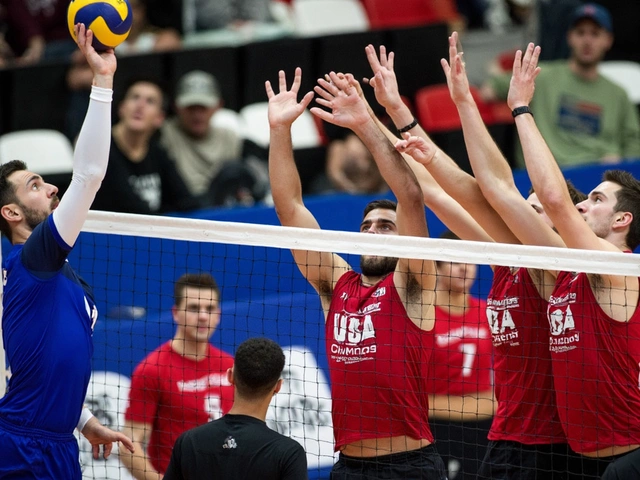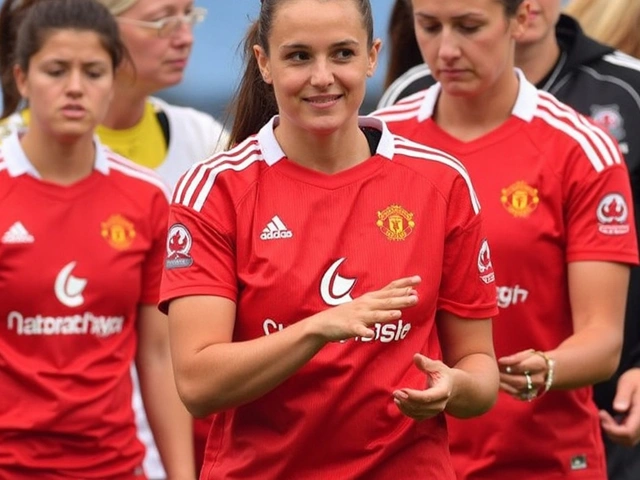Early Detection in Sports Coaching
When you can spot a problem before it turns into a setback, your team stays healthier and stronger. Early detection isn’t just a buzzword – it’s a daily habit that lets you catch injuries, performance drops, and hidden talent early enough to act.
Why early detection matters
First off, catching an issue early cuts recovery time. A tiny ankle tweak that you notice in a warm‑up can be treated with rest and simple exercises, avoiding a season‑ending fracture. That same principle works for performance. If a player’s sprint speed drops for no clear reason, a quick video review or GPS check can reveal fatigue or a technique flaw before the coach’s strategy suffers.
Second, early detection speeds up talent spotting. Young athletes often show flashes of ability in practice drills. By tracking key metrics like jump height or reaction time, you can flag a future star while others are still blending in. The sooner you label that potential, the sooner you can tailor training to nurture it.
Finally, early detection builds trust. Players appreciate a coach who notices when they’re struggling and offers help before they even ask. That creates a positive environment where athletes feel looked after and are more likely to give their best.
Practical tips for coaches
1. Use simple tech tools. A smartphone app that records heart rate or a wearable GPS unit can give you real‑time data. You don’t need fancy lab equipment – just consistent tracking during drills.
2. Make a quick check‑in routine. Spend two minutes after each session asking players how they feel and watching their movement for any odd patterns. A brief chat can reveal soreness, mental fatigue, or motivation dips.
3. Keep a health log. A shared spreadsheet where players note sleep hours, nutrition, and any aches helps you spot trends. If several athletes report knee pain after a specific drill, it’s time to tweak it.
4. Review video clips. Even five‑second clips of a sprint or a jump can highlight technique errors. Show the clip to the player and suggest a minor adjustment; the visual cue sticks better than verbal advice.
5. Set baseline metrics. At the start of the season, record each athlete’s key numbers – speed, vertical leap, endurance. Compare future data to these baselines to see who is improving, plateauing, or slipping.
Remember, early detection isn’t a one‑off task. It’s a loop: measure, spot, adjust, and measure again. The more regularly you run this loop, the quicker you’ll catch issues and the more confidently you can develop talent.
Give these habits a try in your next practice. You’ll notice fewer injuries, clearer performance trends, and maybe even discover the next MVP hidden in your squad.
Kieran Lockhart, Feb, 16 2025
Danielle Lloyd Speaks Out About Her Skin Cancer Diagnosis
British model Danielle Lloyd has shared her personal battle with skin cancer, stressing how important it is to catch such issues early. On February 16, 2025, she encouraged everyone to be on the lookout for unusual changes in their skin and to seek medical advice promptly. Her story is a strong reminder of the increasing need for skincare education.
View More




